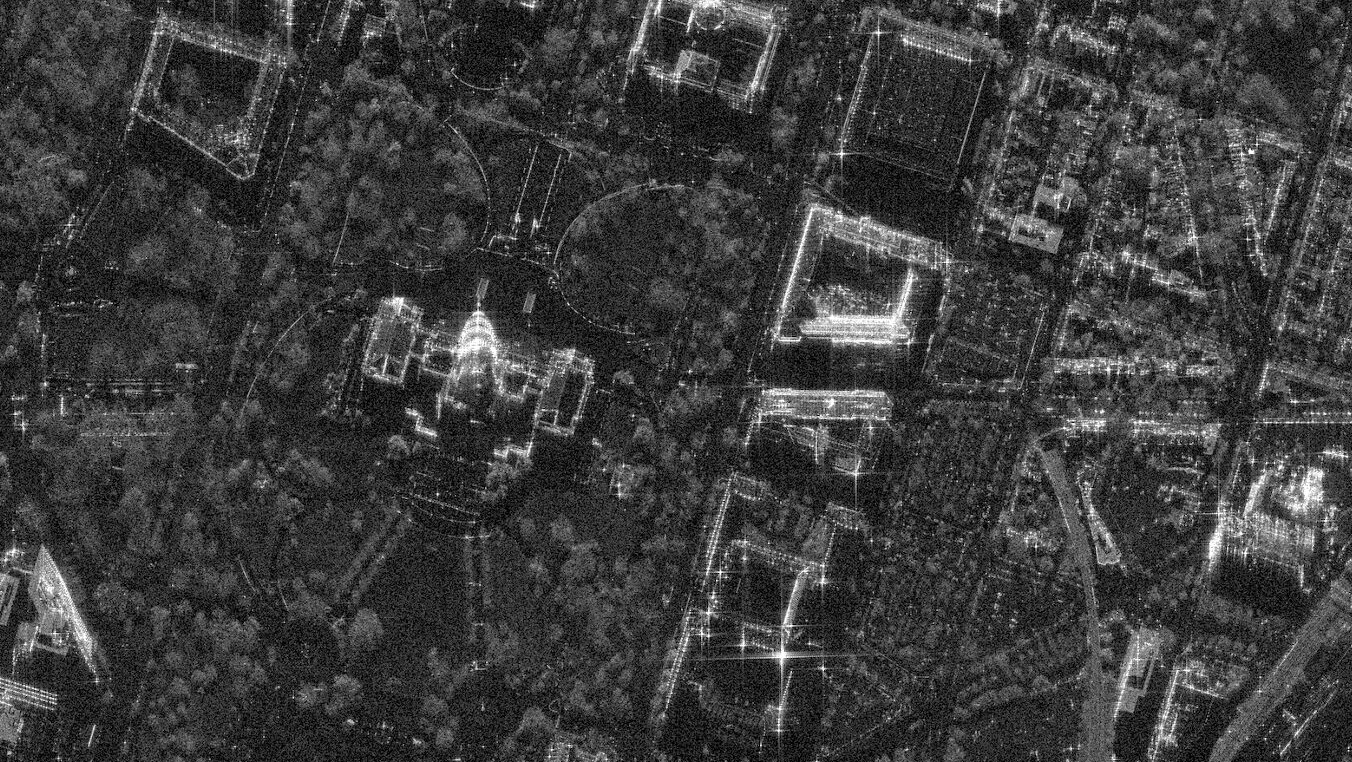Internships over the course of my undergraduate and graduate school career have offered invaluable opportunities to experience engineering and research projects in industry.
June - August 2022, Meta Reality Labs
Optical research scientist intern
I worked on end to end modeling and simulation of an optical system for applications to virtual and augmented reality technology development. I used Ansys Lumerical finite-difference time-domain (FDTD) software to model an image sensor and simulate external quantum efficiency maps. I then exported my FDTD results to Ansys Speos where I modeled bulk optics and performed geometric ray tracing simulations.
My work enabled the Sensors and Systems Research group to assess the utility of the Ansys modeling and simulation software suite to AR/VR/MR technologies under development.
Experimental data was collected using the ImaTest eSFR target and LED lighting panels shown above to inform photonics and optics models and simulations.
Photograph of the optical testbed I designed, built, and tested. The testbed is shown during the alignment process which uses a laser metrology system.
June - August 2021, Astra
Guidance, navigation, and control intern
I developed an optical testbed to test the attitude estimation performance of a star tracker. I used geometric ray tracing for creating the optical design of the testbed, created a graphical user interface using the PyQt Python binding for simulating star fields for a given rocket attitude, and executed integrated hardware-in-the-loop tests to analyze star tracker attitude estimation performance.
My work enabled integration of star tracker attitude estimates into a more complete rocket guidance navigation and control testbed. This allowed the GNC software team to incorporate star tracker attitude estimates in future rocket GNC algorithms for more accurate rocket state estimation.
June - August 2020, NASA JPL
Optical engineering intern
(1) I supported the development of an optical testbed for characterization of an airborne spectrometer instrument, UCIS-A. I designed and created a closed-loop Matlab GUI for control and real-time data analysis of a deformable mirror and interferometer. (2) Additionally, I supported the SHERLOC instrument science by writing a data processing algorithm in Python for the correction of spectral intensity measurements by applying normalized laser scan data.
(1) My work contributed to the UCIS-A team's alignment activities and (2) to the SHERLOC science team’s goal of producing flight-like data with Earth-bound hardware for assisting in the interpretation of flight hardware experimental data.
Diagram of the UCIS-A instrument.
June - August 2019, NASA JPL
Instrument systems engineering intern
I supported assembly, test, and launch operations (ATLO) of the Mastcam-Z and SHERLOC instruments on the Mars 2020 rover. I created test procedures for instrument camera calibration and alignment, executed tests in the Mars 2020 flight software testbed, and analyzed test results to establish performance baselines for flight hardware.
My contributions supported the payload team's critical activities during the ATLO phase of the Mars 2020 mission. My efforts helped the team meet important mission milestones on time.


